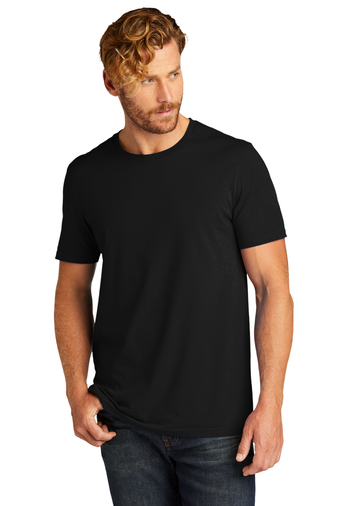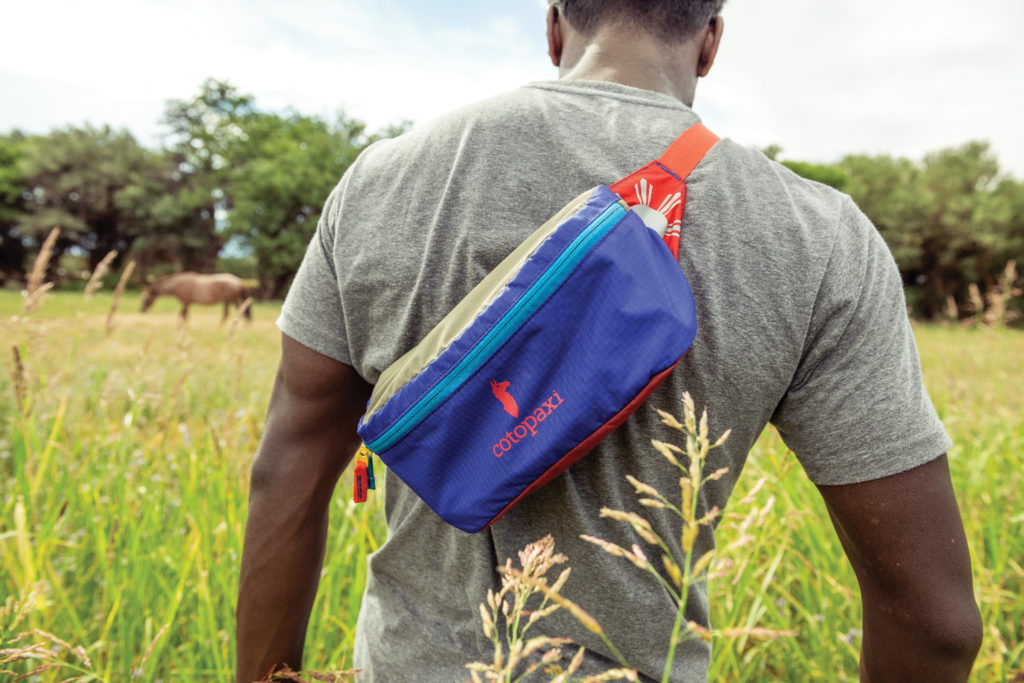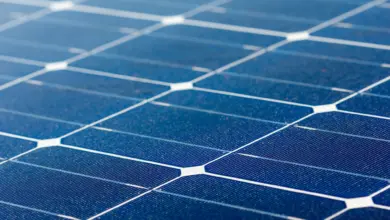
Sustainability. There are so many aspects to what it means, what it includes, and how to go about it. So many that sometimes it’s hard to know where to start or even what to do. Whether small or large, all businesses can take steps toward more sustainable practices. Even small steps, when made by multiple companies, can create a significant, positive impact. For apparel decorators, there are two great places to start: operations and fabric/garment selection. Here are some ideas to get you started.
Operations
The first step is to know thyself. Take stock and evaluate your operations. This includes your locations, employees, and the people closest to your business — local community, customers, vendors, etc. Find out what is most important to them.
Perform a risk assessment to identify your environmental and social impacts. On the environmental side, look for chemical hazards, energy use, GHG emissions, air emissions, solid waste, hazardous waste, water use, and wastewater. On the social side, look at health and safety, wages and benefits, employment practices, and diversity and inclusion.
Once you determine the areas that are material to your business, find your baseline. What are your current emissions? How are you disposing of waste? What are your chemical management practices? What are your health and safety practices?
Identify the areas that have the most significant impact and that are most important to your stakeholders. Start with those.
Think about where there are opportunities to make improvements. If you don’t already have policies in place for these issues, write them out and communicate them. Not sure how to do that? Get help from external organizations, whether local to your area or from your industry.
Fabric and garment choice
To select more sustainable products, consider how they are made and the materials used to create them.
- How: Assess whether suppliers are implementing social and environmental best practices.
- What: Select products that use materials with a lower environmental impact. Some examples include:
- Recycled polyester: Recycled polyester reduces demand for fossil fuels and promotes waste reduction by utilizing pre-and post-consumer waste to create new fibers.
- Recycled cotton: Recycled cotton reduces waste and saves water and resources used to cultivate virgin cotton.
- Repurposed fabric: Repurposed fabric diverts waste from landfills, which reduces waste and saves resources.
- Organic cotton: Organic cotton is grown according to organic agricultural standards, which include farming and processing practices that promote ecological balance and conserve biodiversity, and place limits on the types of substances that can be used in cotton production.
- Modal: Modal uses wood pulp sourced from responsibly managed forests to create new fibers. It is processed in closed-loop systems, which also reduce waste and save resources.







